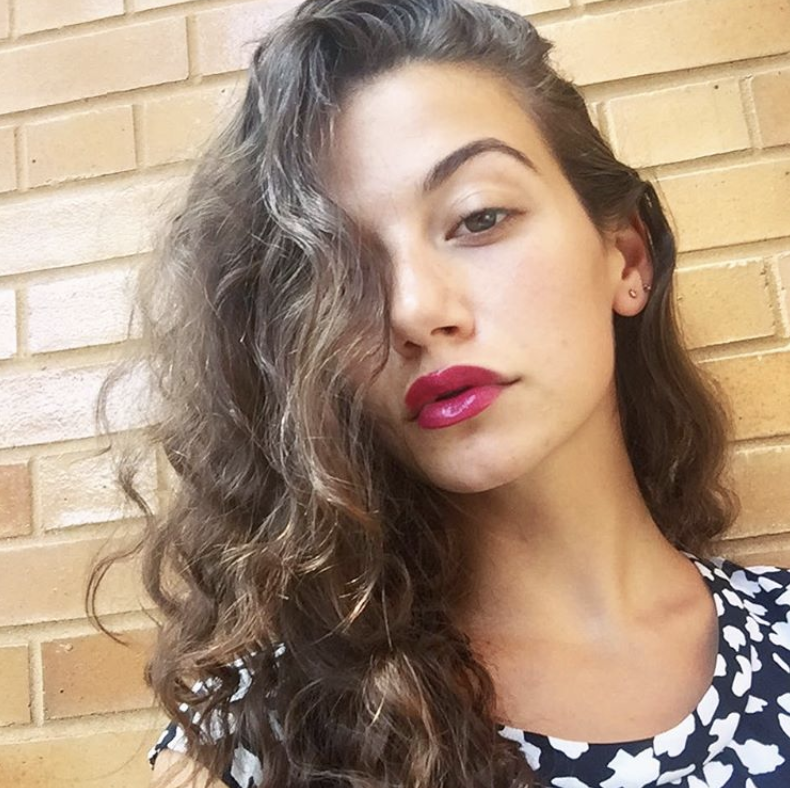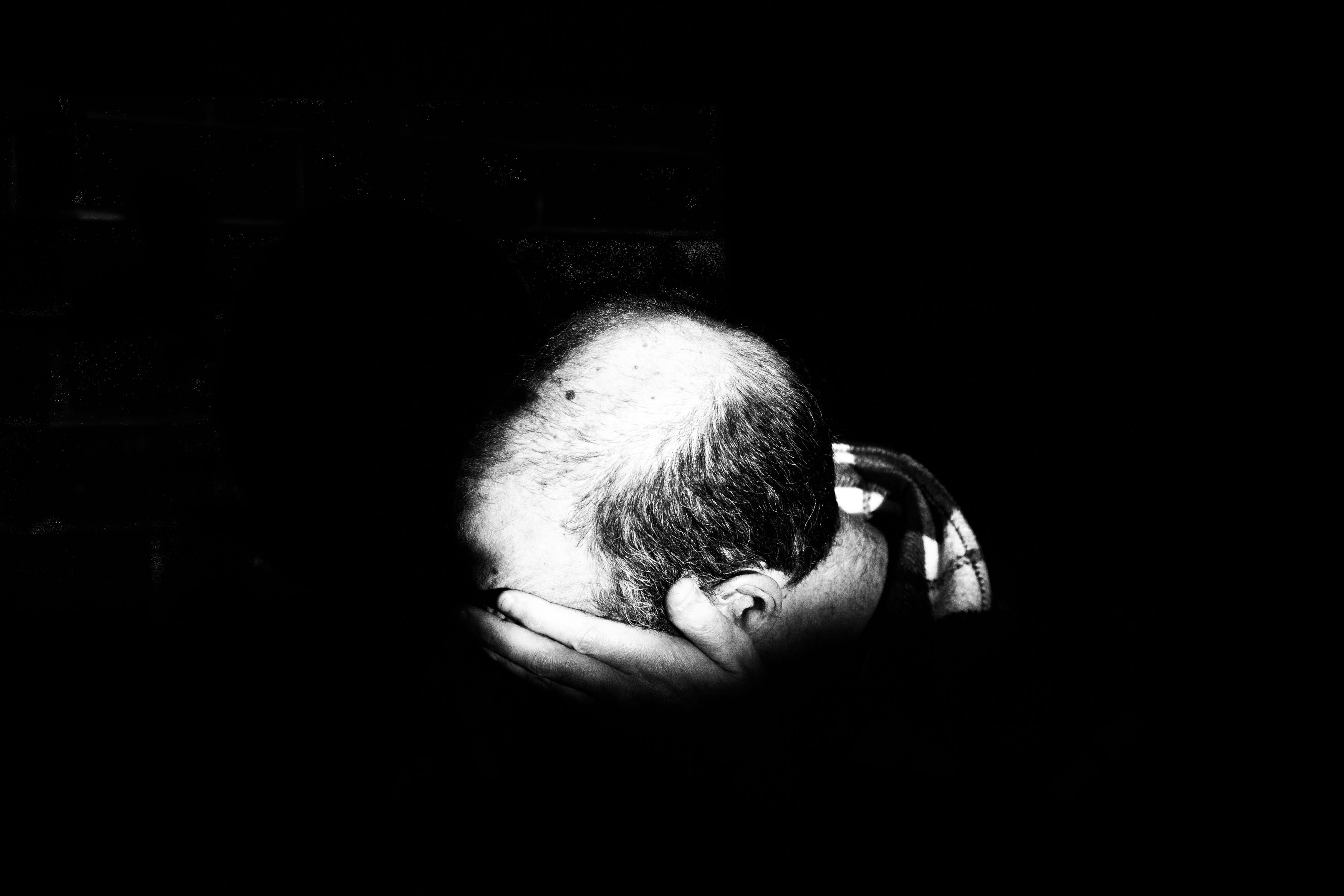Technology is directly connected to the way we receive our news. In many ways, that’s a good thing. Innovative tech tools allow us to tell and experience important stories in new ways.
But as our access to what’s happening in the world becomes more immediate, more raw, and more visual, we’re growing more familiar with the cost of that access: the all-too-frequent occasions when these same tools and apps give us a vivid real-time view of crime, cruelty and injustice.
Wednesday’s tragedy at Marjory Stoneman Douglas High School in Parkland, Florida, is just the latest reminder. A 19-year-old former student, Nikolas Cruz, killed 17 people with a semiautomatic rifle as students “held onto their phones for dear life,” according to The New York Times.
During the rampage, students sent tweets, snaps, and text messages that offered the world a frightening vantage point as they crafted the story of what was happening in real time. One high school freshman tweeted, “My school is being shot up and I am locked inside. I’m f****** scared right now,” while others posted shaky Snapchats and videos of their classmates hiding under desks with gunshots audible nearby. Text messages between students and their parents are particularly harrowing, with one reading, “If I don’t make it I love you and appreciated everything you did for me.”
The tragedy prompted reflections on a frightening, and increasingly familiar, reality in which young people are in a position to broadcast violent events, even as they are unfolding.
“We’re not used to being transported to the crime scene through the cell phone cameras of the victims,” Brian Stelter wrote for CNN. “This is new and blood-curdling.”
In one student video, for example, officers are seen entering a classroom shouting, “Put your phones away! Put your phones away!”
“Students shouldn’t have to tweet through shootings or post snaps while worrying that they’re the last messages they’ll ever send,” wrote Heather Schwedel for Slate. “That they now do—and that social media posts from inside active shooting zone will likely soon become another routine element of a situation that should never have been routine—should fill us with as much horror as the images themselves.”
While the live coverage and immediate access could be perceived as a positive thing, helping Americans grapple with a crisis of school shootings, some commentators are calling attention to apps and tools that can potentially make such situations worse.
For example, a feature on Snapchat called Snap Map has attracted attention because of the possibility that it could call attention to a person’s exact location during an emergency. In Snap Map, anyone with a web browser can open the map, click on a location, zoom in, and see what people are snapping in that area. During a breaking news event, the map will light up in the specific location, drawing more and more users to watch the events unfold. As The Sydney Morning Herald notes, this feature could potentially be exploiting users desire to “share information in exchange for attention without considering the consequences.”
“In a live shooting situation, the possible consequences are deadly,” David Vaile, co-convenor of the Cyberspace Law and Policy Community at Australia’s University of New South Wales, told the Herald. “Without realising, you could be broadcasting your location and making yourself more vulnerable in this situation.”
For those covering the news, piecing together narratives using tweets, snaps, and videos — and being aware of the fake tweets and other social media hoaxes that predictably appear in the wake of mass tragedies — is central to telling the story. Lulu Ramadan, a 23-year-old reporter who has already covered three mass shootings in her career, spoke to The New Yorker about her experience.
“I got home around ten last night. I couldn’t sleep. I was on Twitter until one in the morning, looking at things and gathering information for today,” she said.


